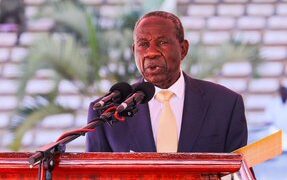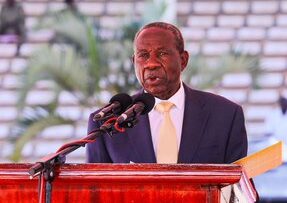Uganda’s Finance Minister, Hon. Matia Kasaija, on Thursday presented the national budget for the Financial Year 2025/26, highlighting significant investment in infrastructure development, key productive sectors, social services, and a strengthened fiscal policy framework.
Delivering the budget at the Kololo Ceremonial Grounds before the 11th Parliament, Kasaija outlined how the UGX 72.38 trillion resource envelope will drive Uganda’s economic transformation through focused investment and efficient resource mobilisation.
“This budget reflects our commitment to full monetisation of the economy, wealth creation, and improved quality of life for all Ugandans,” Kasaija declared.
Record Investment in Infrastructure Development
A total of UGX 6.92 trillion has been allocated to integrated transport infrastructure, including roads, railways, bridges, water and air transport.
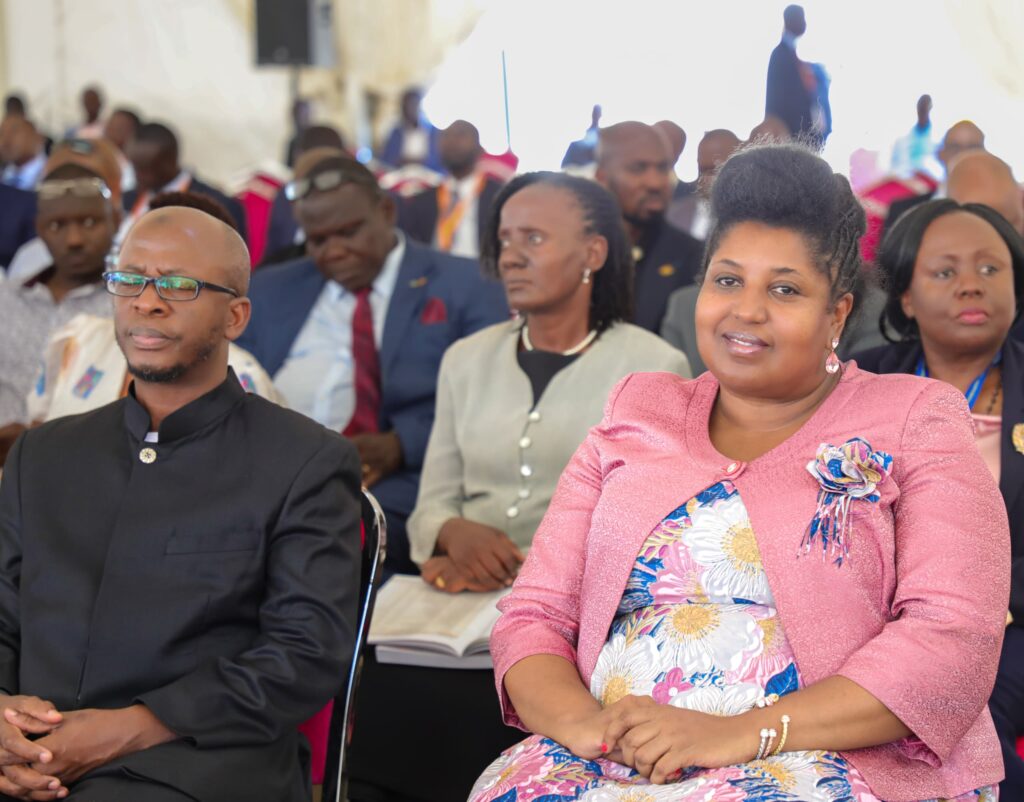
According to Kasaija, over 100 kilometres of roads were upgraded and 125 km rehabilitated in FY 2024/25, road maintenance received UGX 579 billion, while the Kampala Flyover Project and other Greater Kampala works progressed steadily.
The Standard Gauge Railway (SGR) construction from Malaba to Kampala has officially begun, expected to slash cargo transport time from Mombasa from 7 days to 1. Uganda Airlines expanded to 17 international destinations, with market share rising to 24%, up from 4% in 2019.
In the energy sector, UGX 1.04 trillion has been earmarked. The country’s electricity access has risen to 60%, with installed generation capacity now at 2,051 MW. The government also plans to develop new power plants at Ayago, Oriang and Kiba, and advance nuclear energy generation.

Boost to Productive Sectors: Agriculture, Industry, Tourism and Oil
To drive industrialisation and increase productivity, the government has allocated UGX 1.86 trillion for agro-industrialisation, including irrigation, agro-processing, extension services, and agricultural research and UGX 430 billion directly for tourism promotion, with an additional UGX 2.2 trillion for related infrastructure.
The government further allocated UGX 875.8 billion for mineral development, oil and gas, including oil refinery, pipeline construction and mineral certification systems and UGX 308.9 billion for industrial parks, and UGX 187 billion for capitalising Uganda Development Corporation (UDC).
Kasaija highlighted Uganda’s success in expanding its manufacturing base and adding 31 new products to its export basket over the last 15 years.
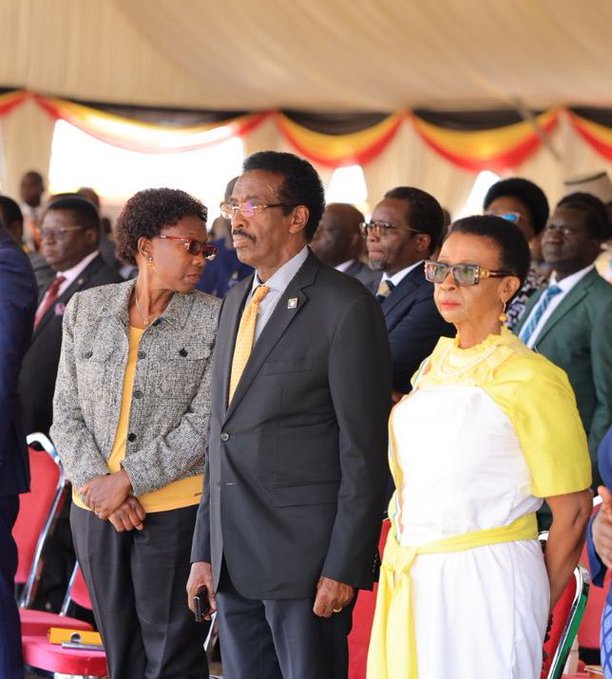
Key Social Sector Investments: Health, Education and Social Protection
In a move aimed at human capital development, the budget allocates: UGX 5.87 trillion to the health sector, to functionalise Health Centre IVs, upgrade infrastructure, and scale up e-health systems, UGX 5.04 trillion for education, including the construction of new seed schools, digital inspections, textbooks, and university operationalization and UGX 404.9 billion for social protection programs, benefitting elderly persons, women entrepreneurs, youth, and persons with disabilities.
“These investments demonstrate our resolve to empower every Ugandan to live a healthy, educated, and dignified life,” said Kasaija.
Fiscal Policy and Budget Financing
The UGX 72.38 trillion budget will be financed as follows: UGX 37.55 trillion from domestic revenue (including tax and non-tax revenue), UGX 11.38 trillion from domestic borrowing, UGX 10.03 trillion for debt refinancing and UGX 2.08 trillion from external grants and budget support.

The fiscal deficit is projected at 7.6% of GDP.
To boost domestic revenue, the government will enhance tax compliance through technology, expand the tax base, combat smuggling, rationalise tax exemptions, and strengthen the Uganda Revenue Authority (URA).
“We are closing loopholes, punishing corruption, and investing in capacity so every shilling counts,” Kasaija emphasised.
He also revealed a major increase in the domestic arrears allocation to UGX 1.4 trillion, with measures to prevent the accumulation of new arrears.
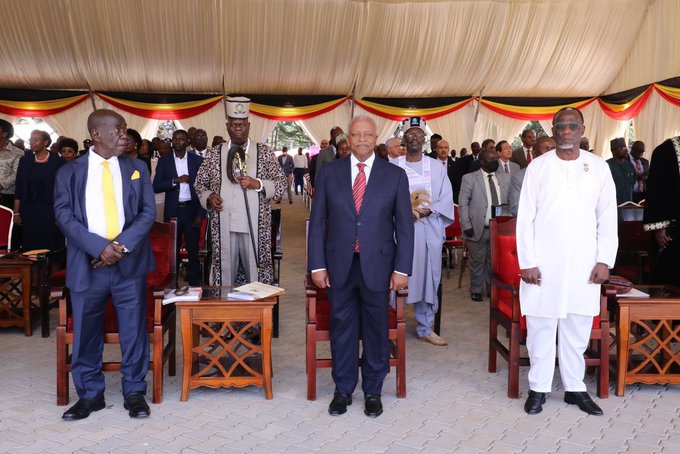
Looking Ahead
With a clear focus on monetisation, industrialisation and human development, the 2025/26 budget marks a continuation of Uganda’s Vision 2040 and the start of the Fourth National Development Plan (NDPIV). As the country eyes oil production in 2026, the minister affirmed that Uganda is “on the brink of a major economic leap forward.”
